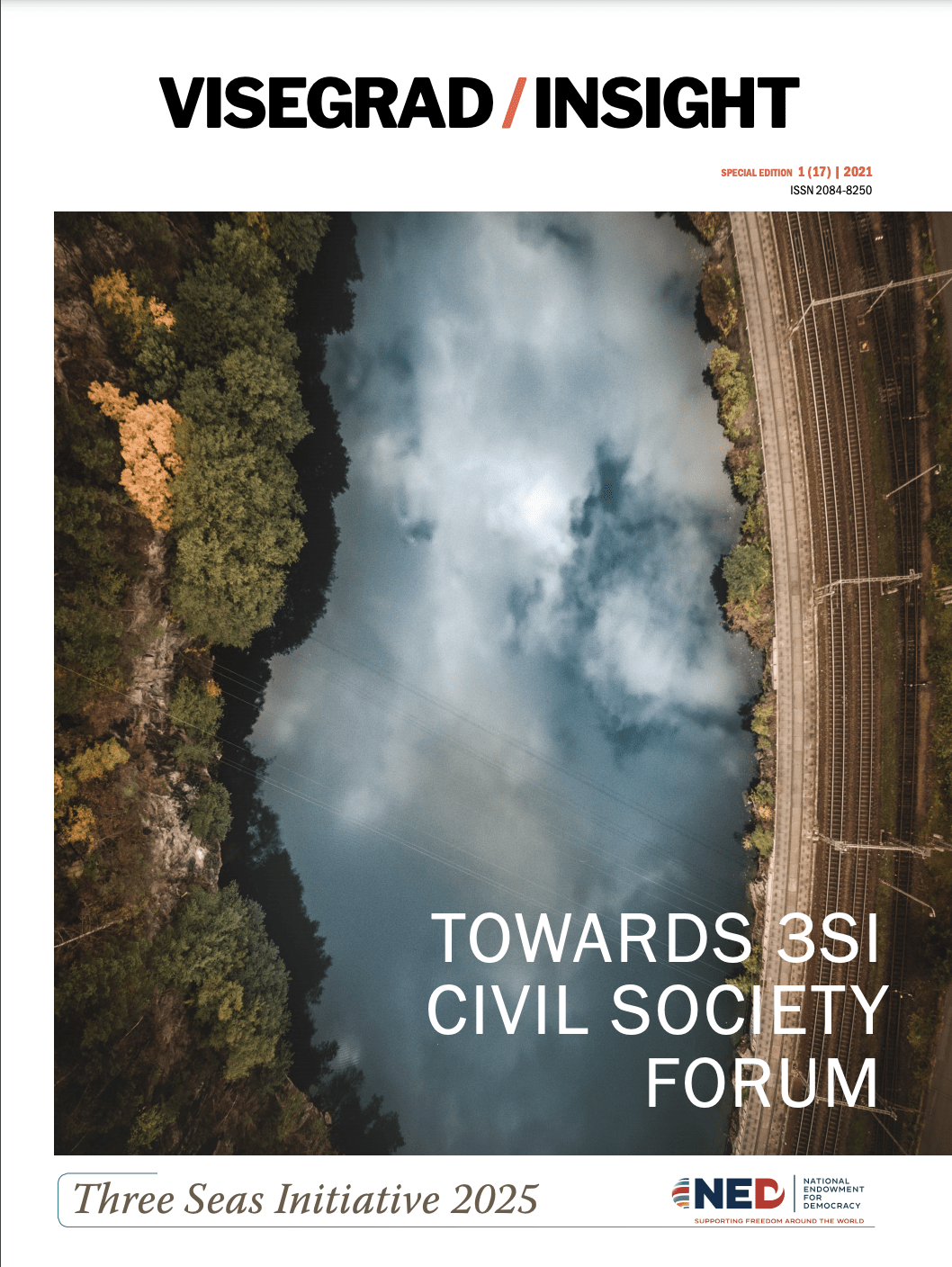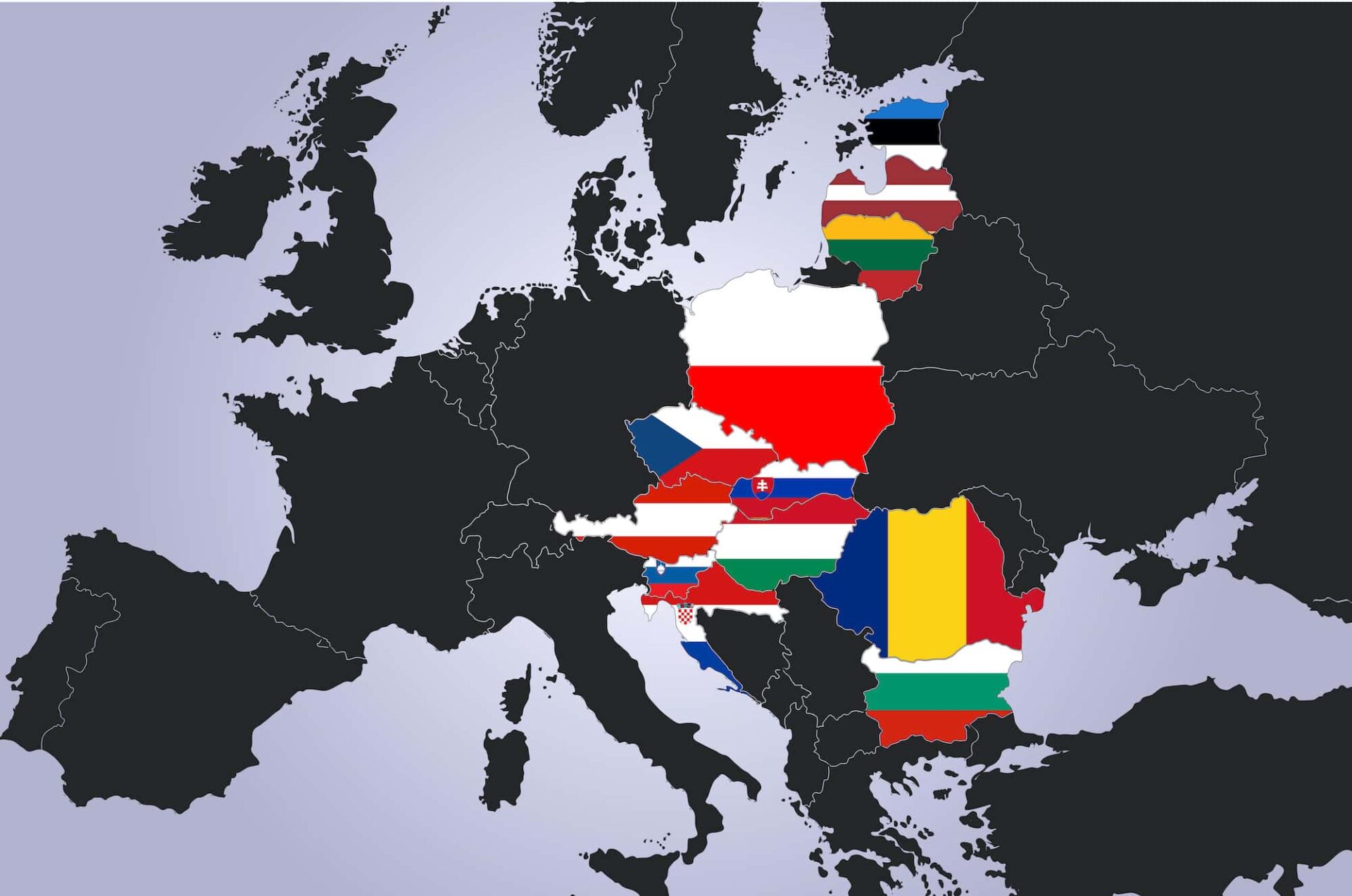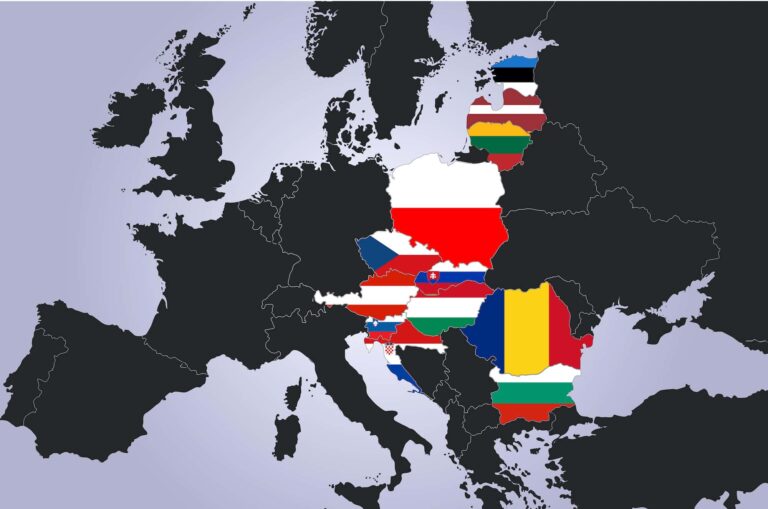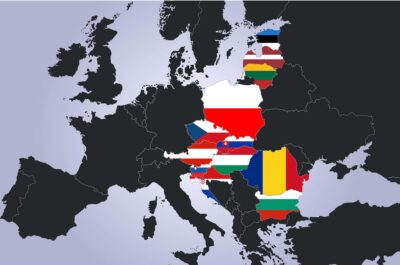The next Three Seas Summit will be held in Sofia, Bulgaria on 8-9 July 2021. The initiative was created to ‘promote cooperation between 12 European nations and their partners contributing to economic growth and energy security’. Before the summit, we are publishing an excerpt from the report Towards 3SI Civil Society Forum, developed by The Visegrad Insight team.
Scenario 1: Regionally Segregated Generations
All countries of the region engage in the 3SI but put forward projects disconnected from one another and are unable to synchronise regional potential.
Along the electoral cycle, new successful governments in Central Europe disconnect from the regional initiatives and try to establish their agenda solely on pan-EU platforms. In countries like Czechia, Slovakia and Hungary new generations of politicians win elections and disconnect from the 3SI but also the V4 mostly because of the ideological legacy.
While Poland — regardless of the presidential election result back in 2020 or in 2025 — would uphold its commitment to the 3SI, the other partners’ political elites are more volatile in their approach.
With the absence of public debate on the region’s strategy on independent media platforms and uneven engagement with policy influencers from all 3SI nations, the individual countries become embroiled in positional negotiations on national priorities instead of focusing on transnational benefits.
Projects funded by the EU, 3SI Fund, investment banks and from national resources continue to be considered by successive governments as spoils of electoral wars, deepening problems with corruption and the rule of law.
The inflow of capital to the region along 3SI objectives is contributing to the build-up of illiberal tendencies, reducing democratic security and fuelling the centralisation of governance. This leads to the hampering of investment potential in the initiative due to the stalemate in Article 7 proceedings in the EU along with neo-imperial narratives dissuading potential investors.
Scenario 2: Texas of Europe
By 2023, countries of the region prioritise their focus on the economic potential and individual recovery instead of better coordinated EU efforts. Additionally, a failure of the Conference on the Future of Europe that does not deliver any tangible results diminishes more ambitious reforms of the block for years. The EU’s goals are also stranded by domestic electoral battles that continue at least until 2024.
Thus, regional cooperation becomes tainted by nationalist political narratives hampering the potential of regional initiatives such as the 3SI or the V4. Leaders advocate for autonomous regional cooperation following their echo chambers and group think in absence of strong media and civil society participation in the debate. A drastic increase of strategic lawsuits against public participation, the media and CSOs leads to record low public participation in governance enabling massive centralisation. Consequently, the region becomes a basecamp of Eurosceptics rather than a pragmatic network of countries utilising the full potential of influence within the EU.
While such initiatives are left to radical political forces, they increase exposure to Chinese and Russian influence which secretly or openly seek to inflate an idea of regional autonomy and manipulate separatist tendencies.
Exposed to corruption and further democratic backsliding, the illiberal practices become contagious and eventually play against democratic security in an interconnected space of Central Europe.
Western partners increase their engagement in the region to contain the situation by diplomatic micromanaging.
Scenario 3: EU’s Macro-regional strategy
The electoral cycle, along with growing support for the EU, brings new perspectives on the Central European cooperation potential within Europe. Prospects of joint economic diplomacy on behalf of the region helps energise the initiative with a renewed agenda.
Policy debate on the 3SI across the region develops strategic culture on the basis of an integrated forum of policy influencers from all 3SI countries. Democratic security awareness and a focus on pragmatic sectoral cooperation reduce risks related to ideological narratives about the autonomy of the region and Eurosceptic tendencies.
To avoid duplication with other existing regional formats, the 3SI is reconsidered in the framework of EU programming. With backing from the European Council, it becomes the fifth macro-regional strategy of the EU (next to the Baltic, Adriatic, Danube and Alpine macro-regions).
Unlike other macro-regional strategies, the advantage of 3SI proves to be more effective because of the political leadership format on top of the sectoral agenda, and it becomes a template for the other existing macro-regions.
Scenario 4: China bites, Russia stings
Existing tensions between China and the US become hot conflicts in South-East Asia pulling international attention away from the 3SI and effectively limiting foreign investments. Russia uses these moments of instability to advance their support to separatist forces in the EU’s neighbourhood and thus creating permanent instability. China continues to build up its investment across the EU increasing the block’s economic exposure, and the US turns merely to defensive strategies like amendments to the Competitive Strategy Act with more hostile language.
The 3SI loses any option of strategic ambiguity and becomes purely a geopolitical instrument of uniting CEE behind the US agenda on China and Russia while risking alienating EU partners like Germany or Italy. Thus, the initiative becomes less potent in mobilising resources from the EU and attracting investment capital, due to global uncertainty but also rigid business interests.
At the same time, countries which are following a multi-vector foreign policy agenda — such as Hungary — break away from the 3SI stalling coordination on key infrastructural, energy or digital projects that otherwise would require their involvement. As a result, the 3SI remains incomplete and internally divided between countries pulled together by security challenges primarily the Baltics, Poland, Romania — and those choosing not to — primarily Austria, Hungary, Slovenia and Croatia.
 Towards 3SI Civil Society Forum
Towards 3SI Civil Society Forum
The report Towards 3SI Civil Society Forum was developed by The Visegrad Insight team with support from the International National Endowement for Democracy.
Read full report on the Visegrad Insight website or download PDF version – you will have a free monthly access with a discount code FREESEAS.







